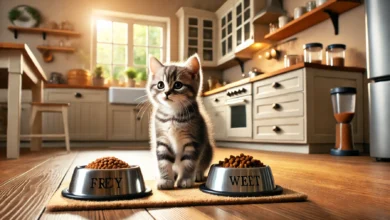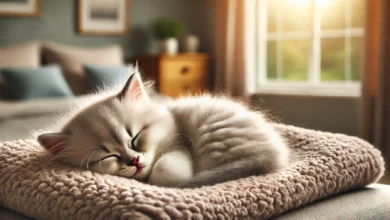Understanding Kitten Growth Spurts
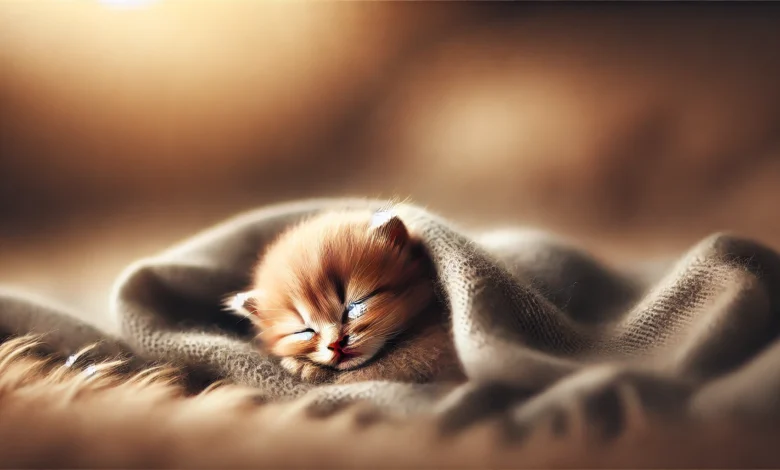
Kittens grow so fast, don’t they?
They are just little furballs one minute, and then bouncing off the walls with energy that doesn’t seem to end the next.
As a parent to a kitten, you probably have noticed how suddenly their size, behavior, and appetite change.
These are what are called kitten growth spurts, and they are important parts of your kitten’s general growth and development.
Understanding what these growth spurts are and how they affect your kitten means you can give them the best possible care during this exciting time.
In this article, we’re going to closely examine all the critical kitten growth spurts—from the physical and behavioral changes they come with to the challenges you may face.
Let’s first see what exactly a growth spurt in kittens is and why it is so crucial.
Table of Contents
What Is a Kitten Growth Spurt?
Growth spurts in kittens refer to sudden periods of fast development, both physically and behaviorally.
These spurts normally occur within the initial months of a kitten’s life and are influenced by increased appetite, energy levels, and body growth.
During a kitten growth spurt, you might notice your kitten seems hungrier, more active, and visibly larger within a short period of time.
Kittens typically experience their first major growth spurt around two weeks old, followed by several others until they reach about six months of age.
These growth spurts are crucial because they establish a foundation for your kitten’s adult size and health.
Without proper growth at these early stages, your kitten may not develop as they should.
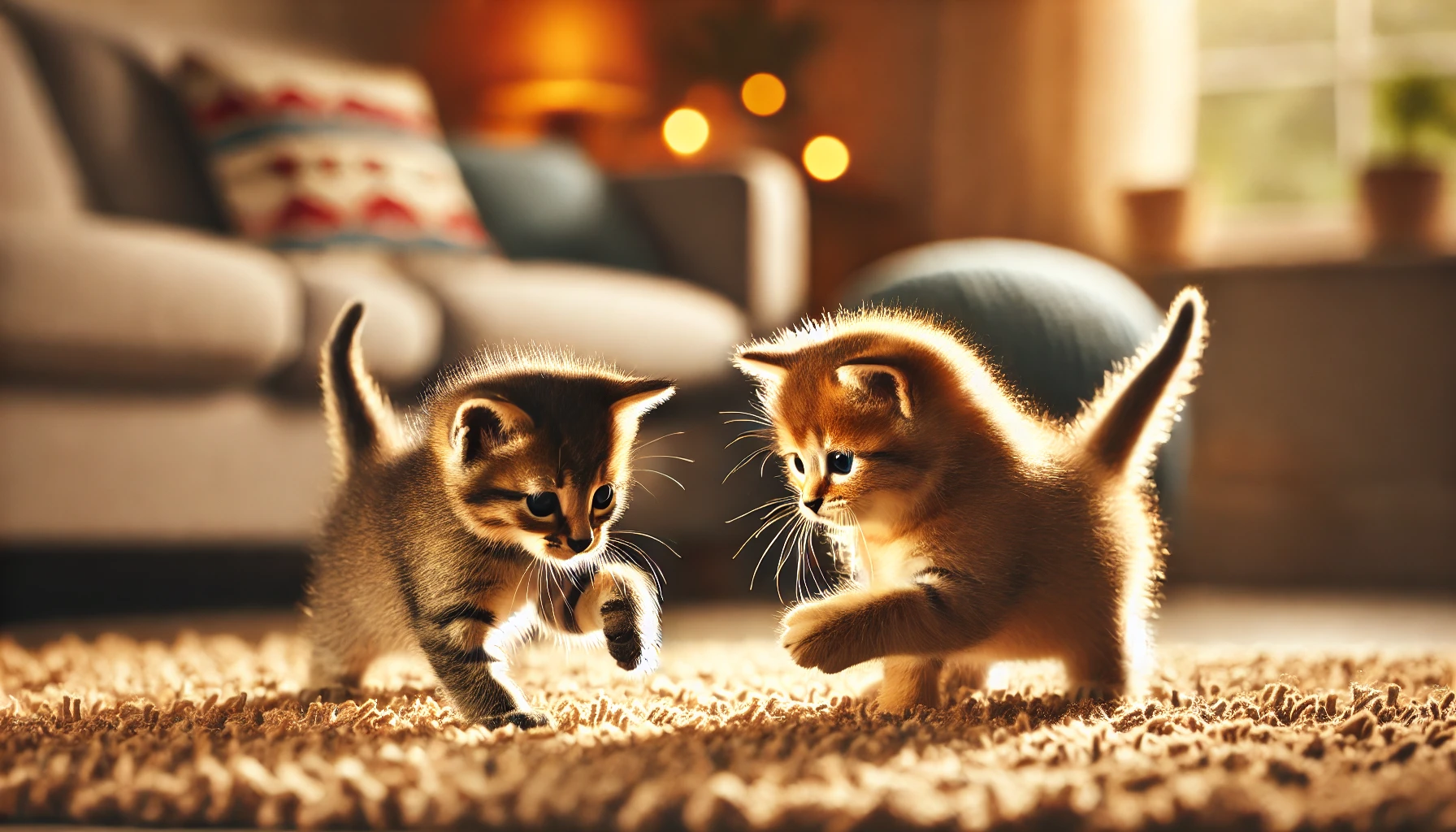
Definition of Growth Spurts in Kittens
A kitten growth spurt is defined as a sudden and rapid period of growth.
You’ll almost see your kitten grow overnight, with their appetite and activity increasing at the same time.
It’s a natural stage in their development, helping them make the leap from a tiny newborn into a more robust juvenile.
During these spurts, kittens need extra nutrients and energy to support their growth.
If you’ve ever wondered why it seems like your kitten is always eating, it’s probably due to a growth spurt!
It’s their body working hard to grow strong bones, muscles, and organs.

When Do Kitten Growth Spurts Happen?
In general, the most active periods of kitten growth spurts occur between two weeks and six months of age.
Kittens grow the fastest during the first few weeks of life, with growth spurts happening roughly every two weeks.
By six months, their growth rate slows down, though they will continue to mature until about one year of age.
Pay attention to your kitten’s appetite and activity during these times.
A sudden increase in hunger or playful energy is often a sign that a kitten growth spurt is underway.
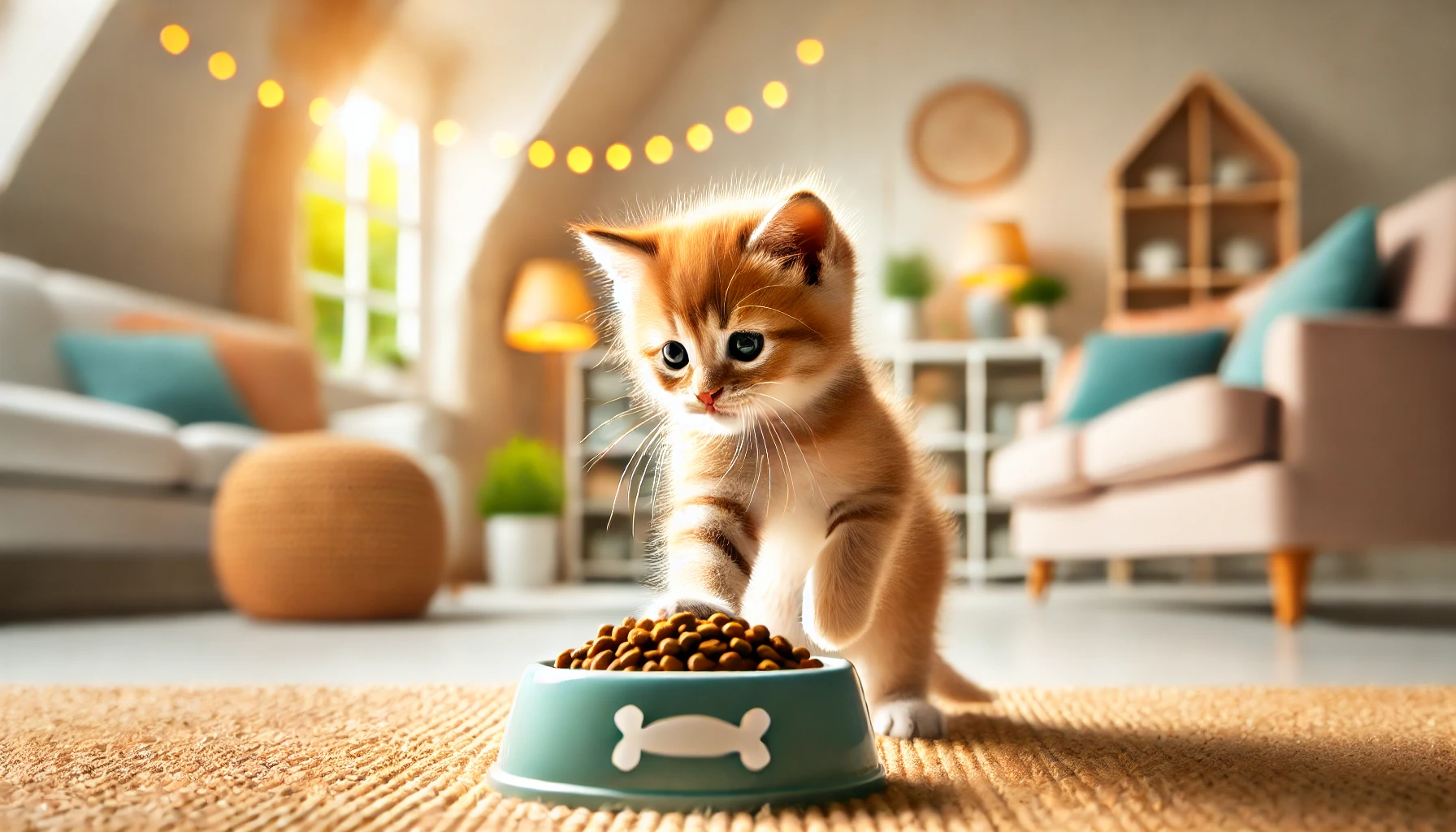
Why Growth Spurts Are Important to Kitten Development
Kitten growth spurts are a clear indication that your kitten is growing well.
These spurts are vital in helping them build a strong and healthy body.
At these stages, kittens aren’t just getting bigger—they’re developing muscles, bones, and organs that are essential for a healthy adult life.
If they don’t grow sufficiently during these spurts, they may face developmental issues later in life.
Nourishing your kitten through their growth spurts with the right nutrition and care is key to ensuring they grow into a healthy adult cat.
Kitten growth spurts are natural and occur during the early months of life, influencing both physical and behavioral development.

Physical Changes Throughout Kitten Growth Spurts
You’ll notice a range of physical changes that take place very fast during kitten growth spurts.
This actually forms the basis of later growth into adulthood, developmentally.
The physical growth during this period does not just pertain to an increase in size but also in the development of muscles, bones, and even the fur covering your kitten.
Being aware of these physical transformations will keep you tuned to how well your kitten is growing.
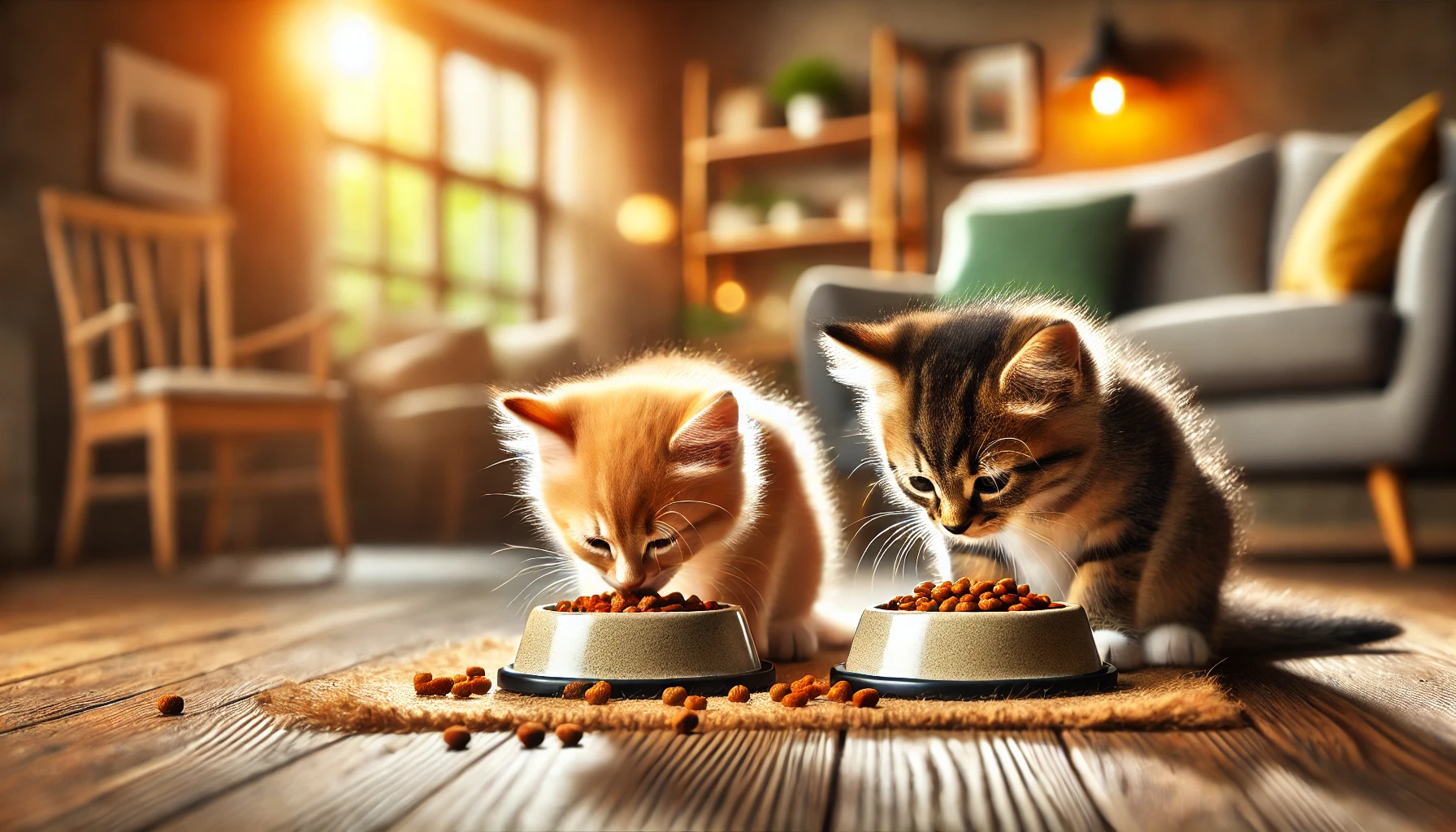
Increased Appetite and Food Requirements
Increased appetite is one of the marked signs of a kitten growth spurt.
A kitten experiencing or right in the middle of a growth spurt will demand more calories and nutrients.
You might notice that your kitten requests food more frequently or finishes their meals faster than usual.
This calls for adjustments in their diet to meet these growing demands.
During this stage, a high-quality kitten formula with proteins, fats, and essential vitamins is necessary.
- Protein: Helps in muscle development and general growth.
- Fats: Provides the energy required for an active lifestyle.
- Vitamins and minerals: Support proper development of bones and organs.
To ensure you’re feeding your kitten the correct amount, consider offering multiple meals throughout the day.
Dividing their daily food intake into four or five small meals will help meet the elevated calorie requirements during a kitten growth spurt.
Be sure to monitor their weight and adjust portions if needed.

Rapid Weight Gain and Muscle Development
Your kitten will increase in size along with their growing appetite.
You are more likely to notice quick rises in their weight as they bulk up.
This weight gain goes hand in hand with muscle development, which is crucial for strength and coordination.
Keeping your kitten active during their growth spurt is important for developing healthy muscles.
Playtime activities like chasing toys and climbing will encourage this growth.
However, it’s important to ensure that the weight gain is healthy and gradual.
Overfeeding or providing an inadequate diet can lead to excessive weight gain, which may cause health problems later in life.
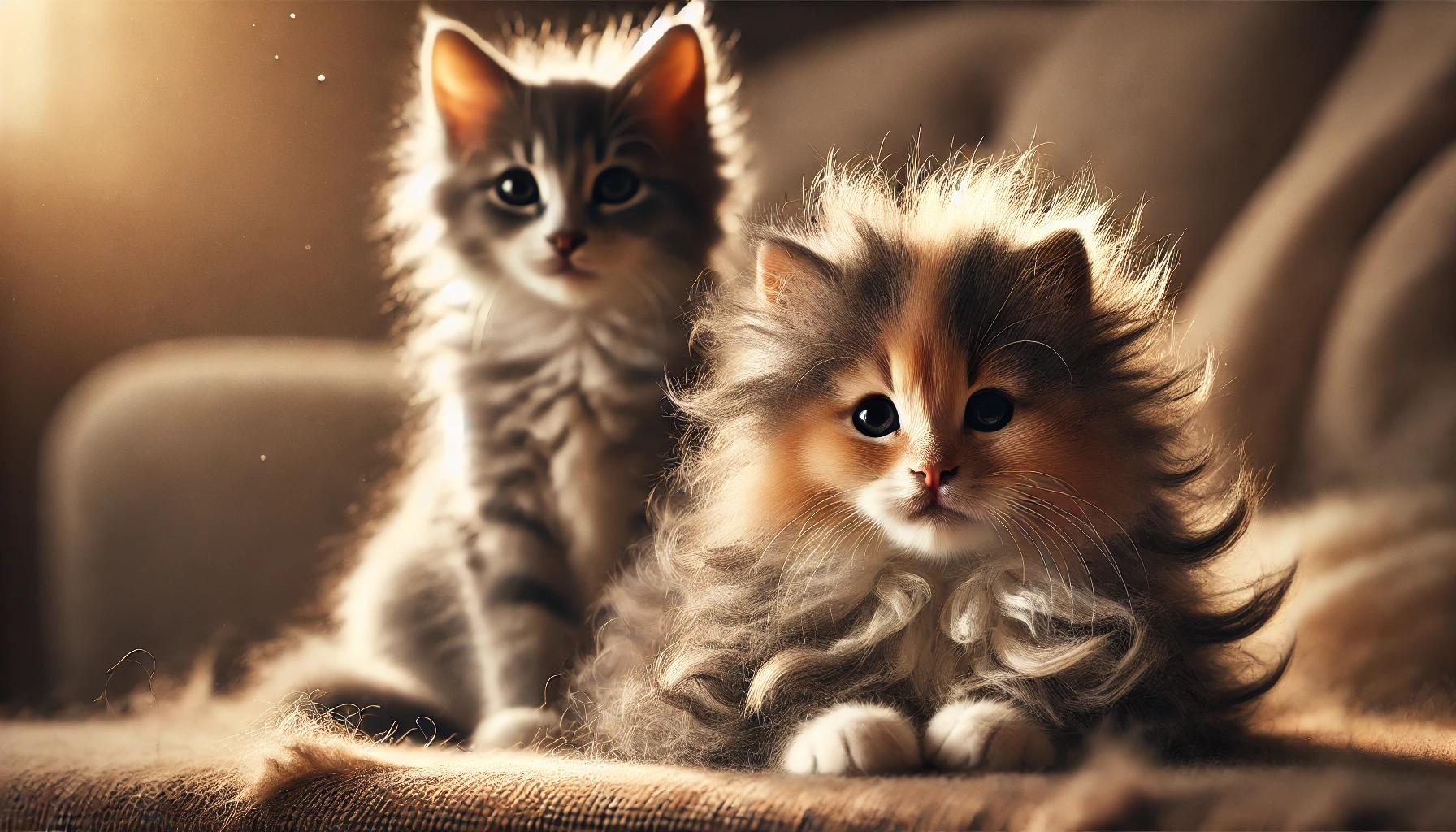
Coat and Fur Texture Changes
Another physical change during kitten growth spurts involves their fur.
You might notice that your kitten’s coat thickens or changes texture.
In some cases, kittens lose their soft baby fur and develop their adult coat, which is often denser and shinier.
Regular grooming during this period will help your kitten adjust to these changes while keeping their fur healthy and free from tangles or matting.
Also, pay attention to the condition of their coat, as it can be an indicator of their overall health.
A dull or patchy coat might suggest a nutritional deficiency, so ensuring proper nutrition is critical when your kitten is going through growth spurts.
Physical changes such as increased size, muscle development, and coat changes are common during kitten growth spurts.
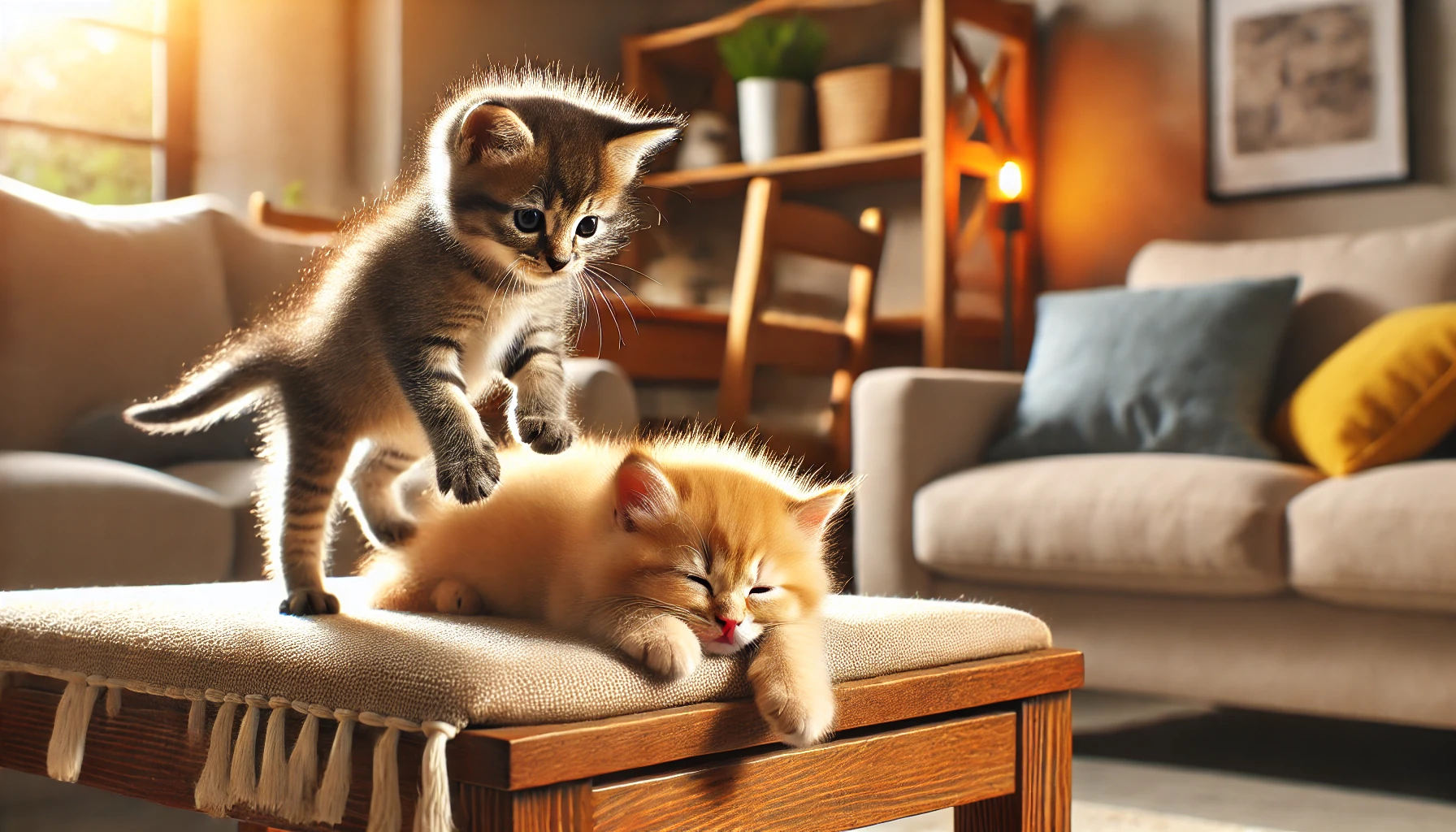
Behavioral Changes in Growing Kittens
Along with the physical kitten growth spurts, dramatic changes in kitten behavior can occur.
Many of these changes are directly related to their maturing body and brain, and by understanding them, you can better adjust to your kitten’s new needs.
Large leaps in mental and emotional development happen during these growth spurts, from energetic outbursts to shifts in social behavior.
Being prepared will help you support your growing kitten more effectively.

Energy and Playfulness
One of the most common behavioral changes during a kitten growth spurt is a sudden burst of energy.
Kittens may become far more playful, engaging in longer periods of activity.
This surge in energy is a positive sign that their muscles and coordination are developing rapidly.
You might find your kitten chasing toys with enthusiasm, running all over the house, or exploring new areas.
These increased energy levels are a normal part of your kitten’s development.
However, it is essential to channel this energy through safe play.
Providing interactive toys, climbing towers, and exercises will help burn off the extra energy.
Regular play not only strengthens your bond with your kitten but also aids their mental and physical development during growth spurts.
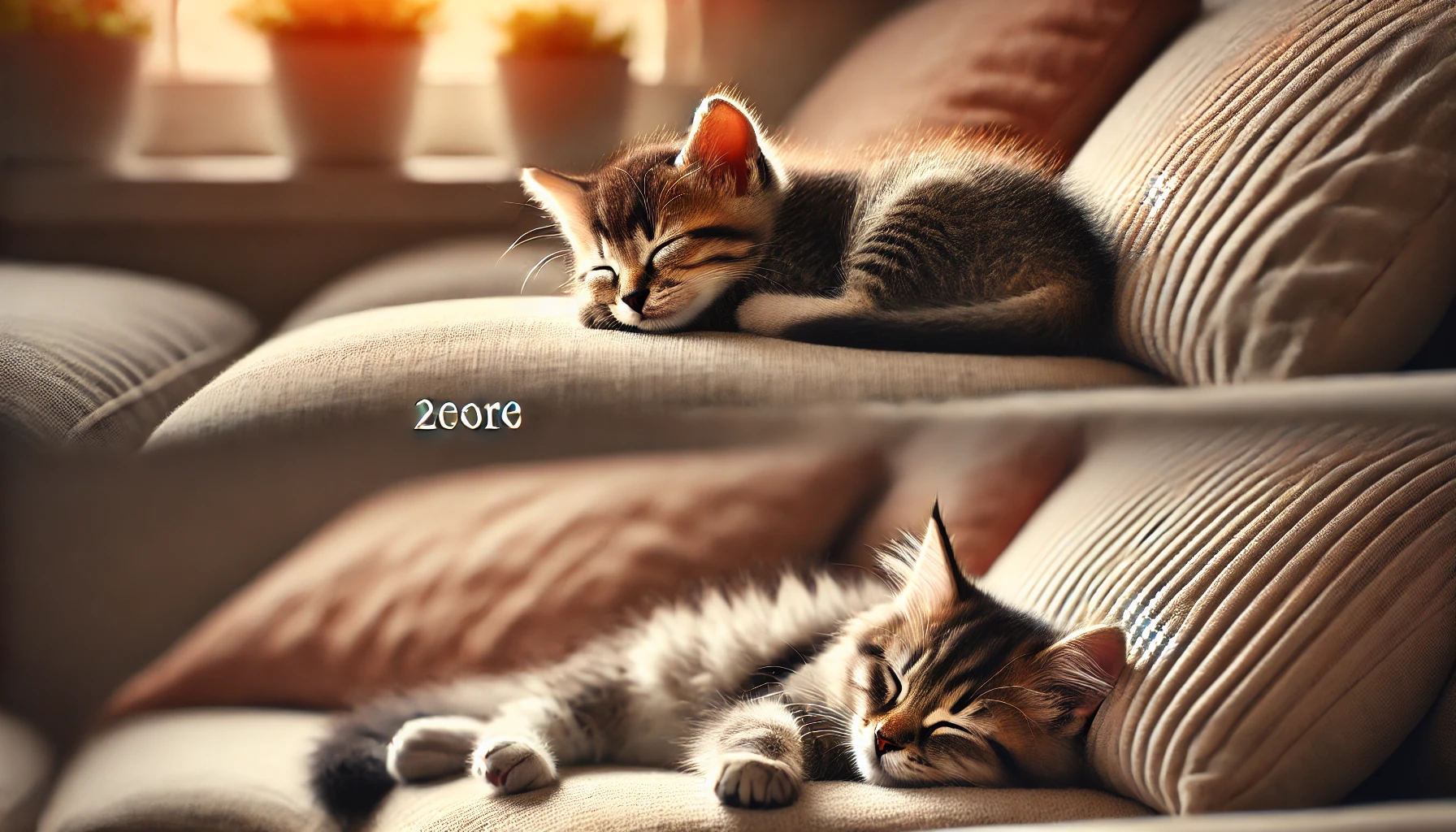
Changes in Sleeping Patterns
During kitten growth spurts, you may notice changes in your kitten’s sleeping patterns.
Although kittens typically sleep for 18-20 hours a day, they may sleep even more during growth spurts.
Their body is working hard to grow, and sleep is essential for recovery and development.
Extra sleep helps their body process nutrients and build tissues, making it a critical aspect of the kitten growth spurt.
Ensure your kitten has a quiet, comfortable space where they can rest undisturbed.
Allowing them this much-needed rest during a growth spurt contributes to their overall health and prepares them for their next phase of activity.
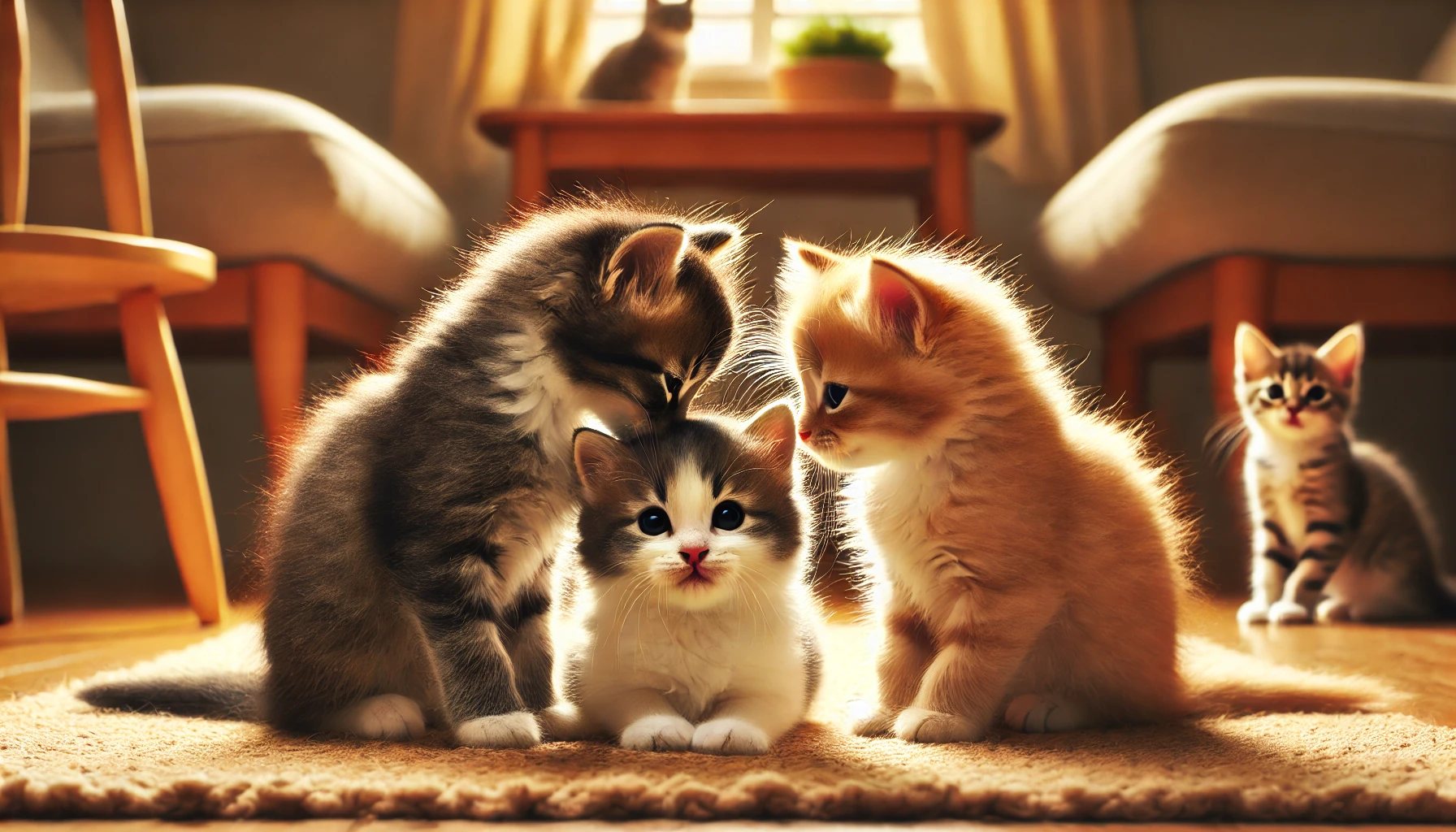
Socialization During Growth Spurts
Kitten growth spurts may also affect how your kitten interacts with you and other pets.
Some kittens become clingier, seeking more attention and reassurance, while others may want to explore their independence as they discover their new abilities.
These behavioral changes are part of their emotional and social growth, and it’s essential to give your kitten the space to adjust.
- Clinginess: Your kitten may seek extra comfort and reassurance during a growth spurt.
- Independence: Some kittens may become more independent, eager to explore their surroundings with their growing strength and agility.
- Interaction with other pets: Kittens may become more confident or curious, engaging more with other animals in the household.
During this stage, providing affection and rewards helps your kitten feel secure while encouraging social interactions that promote proper development.
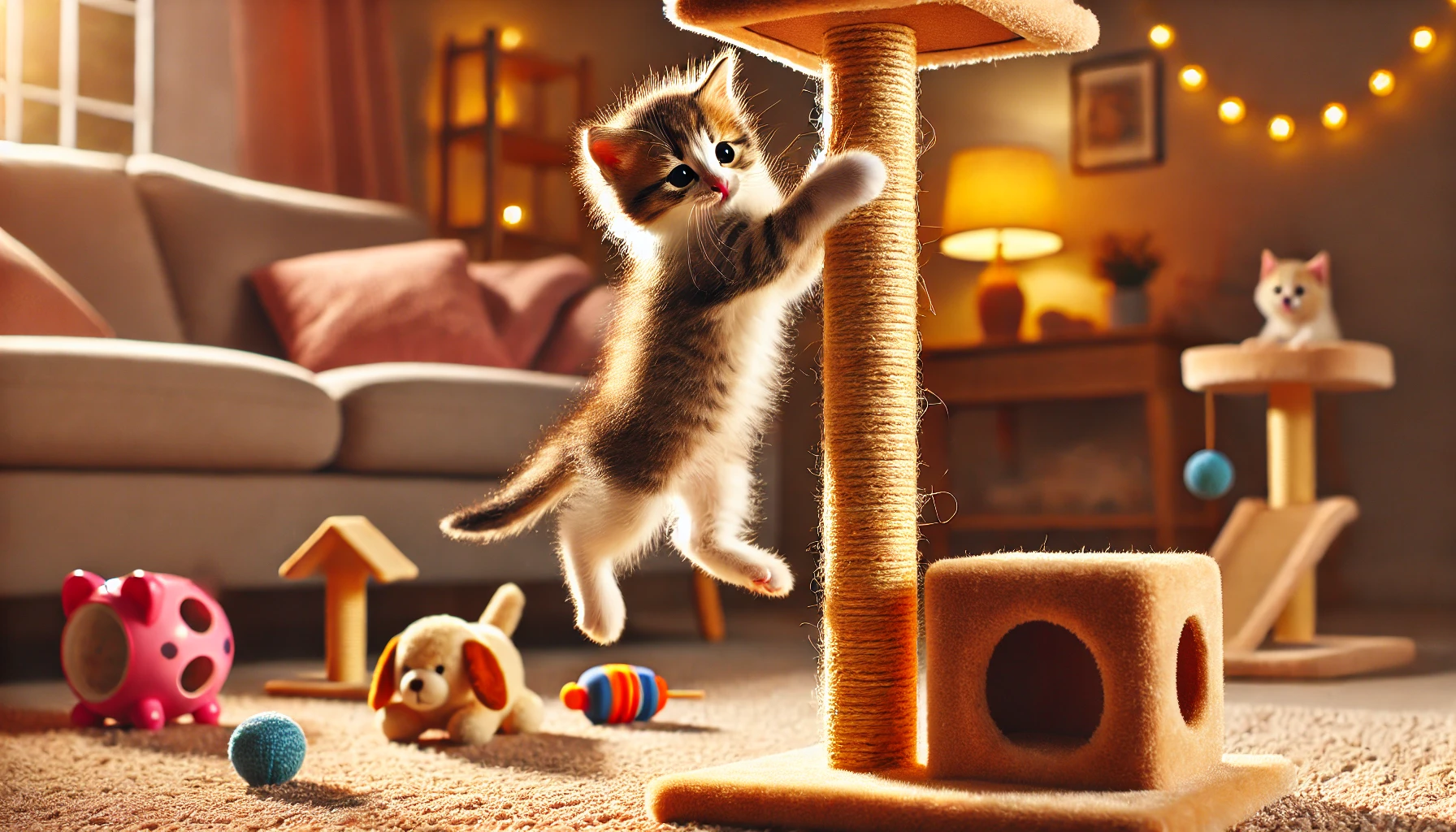
Motor Skills Development
Another significant aspect of kitten growth spurts is the development of motor skills.
As their muscles and coordination improve, kittens become more agile and confident in their movements.
Activities like jumping, climbing, and balancing become easier as their body grows stronger.
You can encourage these motor skills by offering safe spaces for climbing and playing.
It’s important to supervise your kitten during these activities to ensure their safety, as their confidence may outpace their abilities during a growth spurt.
Providing a variety of stimulating toys and structures will allow your kitten to practice their skills while keeping their mind sharp.
Behavioral changes like increased energy and altered socialization patterns often accompany kitten growth spurts.

Behavioral Changes in Growing Kittens
Along with physical kitten growth spurts come rather dramatic changes in kitten behavior.
Many of these are directly related to their maturing body and brain, and understanding them may help you better adjust to your kitten’s new needs.
During spurts, large leaps in mental and emotional development are made, from energetic outbursts to changes in social behavior.
Being prepared will help you support your growing kitten more effectively.

Energy and Playfulness
Spontaneous bursts of energy are perhaps one of the most noticeable changes in behavior when a kitten growth spurt occurs.
A kitten may suddenly become very playful and full of energy, engaging in extended hours of play.
A good indication of this jump in energy is the rapid development of muscles and coordination.
You may notice your kitten enthusiastically chasing toys, running around the house, or exploring new areas.
These high energy levels are normal for your kitten’s stage of development.
However, it is important to channel this energy into safe, playful behavior.
Provide interactive toys, climbing towers, and opportunities to exercise.
Regular play not only supports physical and mental development but also strengthens your bond with your kitten.
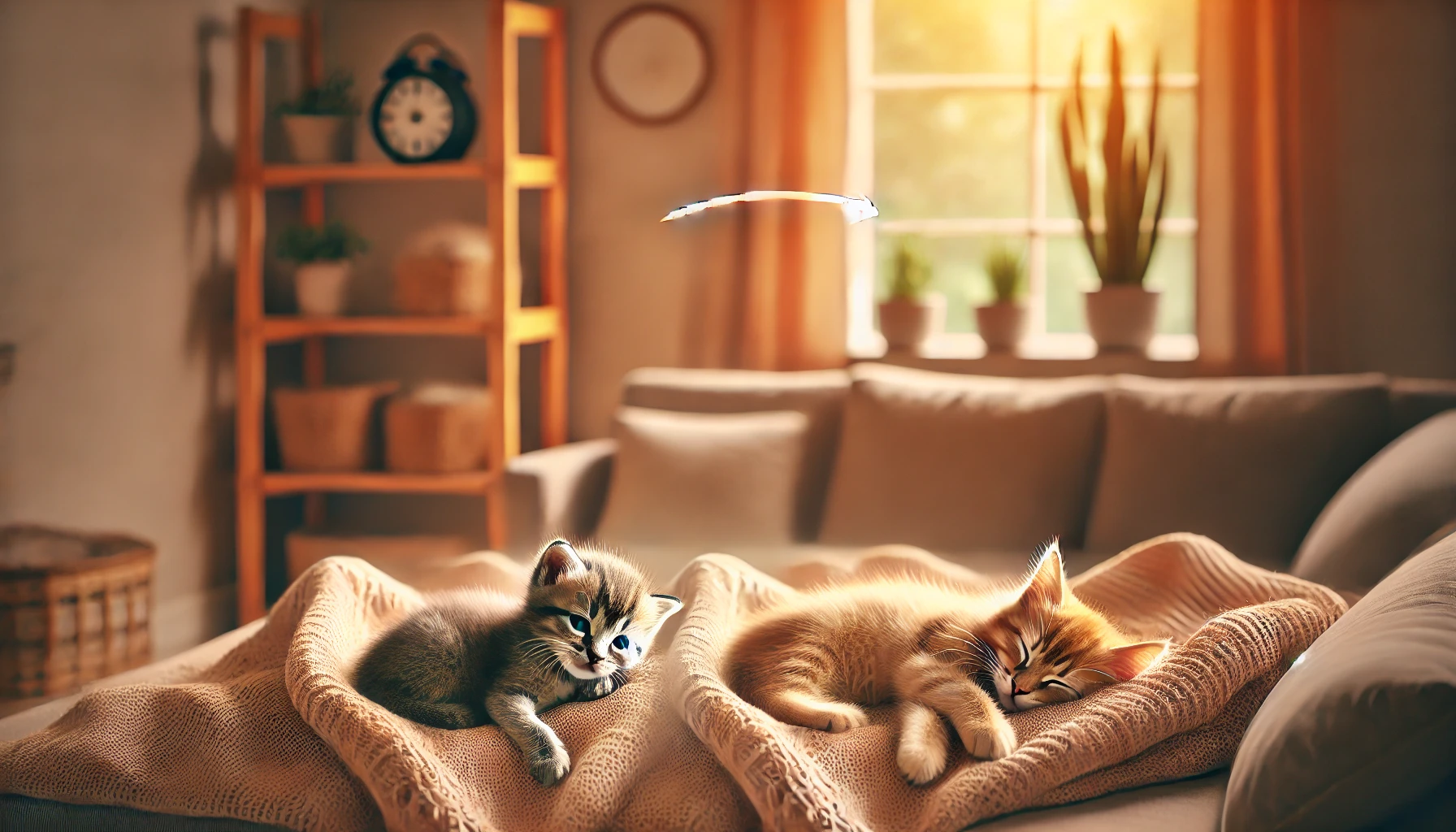
Changes in Sleeping Patterns
You’ll notice that, during kitten growth spurts, your kitten may sleep even more than usual.
While kittens generally sleep a great deal—up to 18-20 hours a day—they will sleep even more during growth spurts.
Their bodies are working hard at growing, and sleep plays a crucial role in recovery and development.
Extra sleep allows your kitten’s body to process nutrients and develop tissues, making it an integral part of kitten growth.
Make sure your kitten has a quiet space where they can sleep undisturbed.
Allowing your kitten to get the rest they need during a growth spurt will promote overall health and prepare them for the next burst of activity.
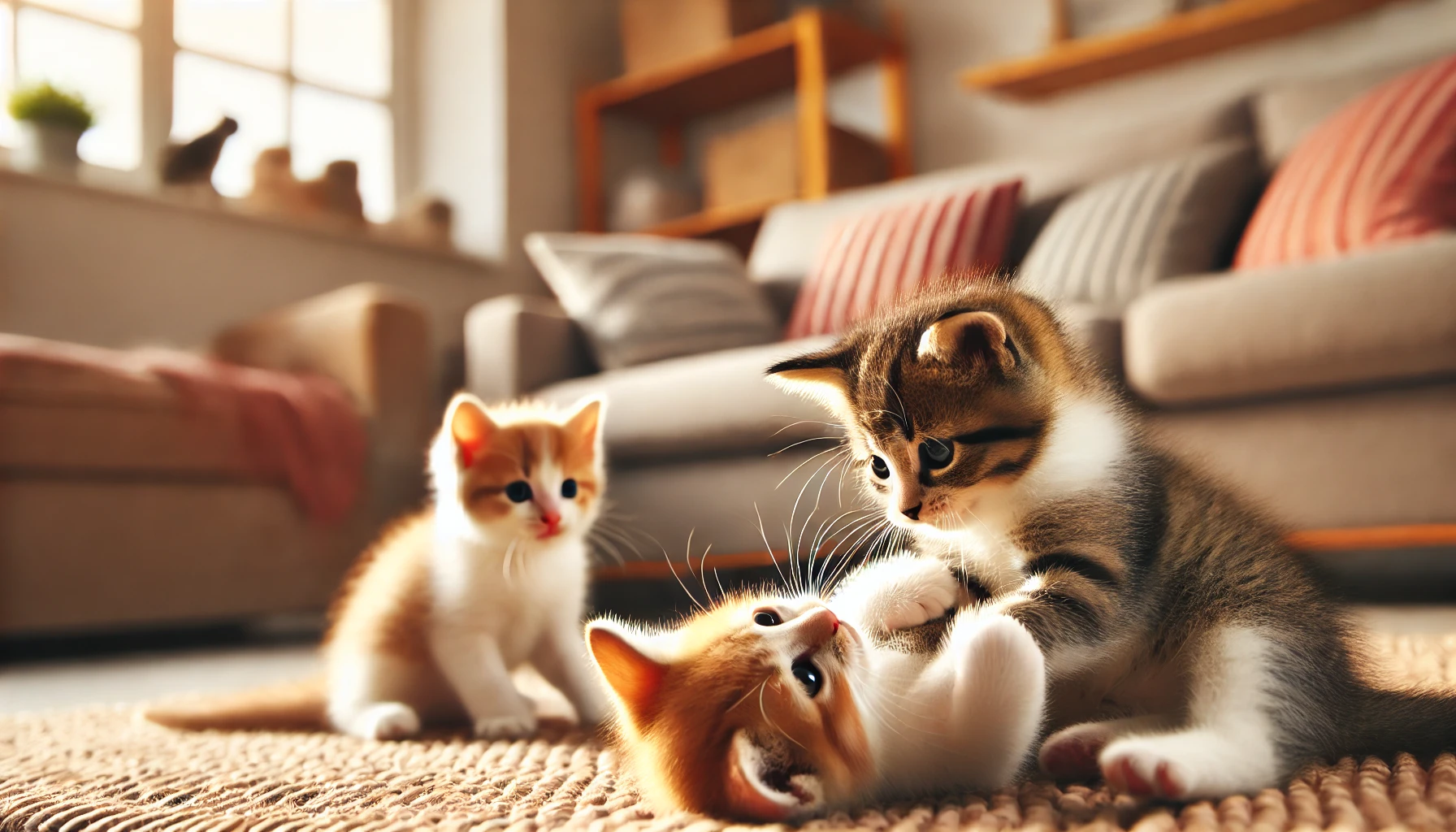
Socialization During Growth Spurts
Kitten growth spurts can also change how your kitten interacts with you and other pets.
Some kittens may become clingy, seeking extra attention, while others may become more independent as they explore their new abilities.
These behavioral changes are part of their emotional and social development.
It’s important to be patient and give your kitten the space they need to navigate these changes.
- Clinginess: Your kitten may need more comfort and reassurance from you during a growth spurt.
- Independence: Some kittens might want to explore their surroundings independently as they grow more confident.
- Interaction with other pets: Kittens may become more curious or confident in interacting with other pets.
At this stage, frequent positive reinforcement and affection will give your kitten a sense of security and stability.
Socializing your kitten with other pets also helps in the healthy development of their emotional capabilities.
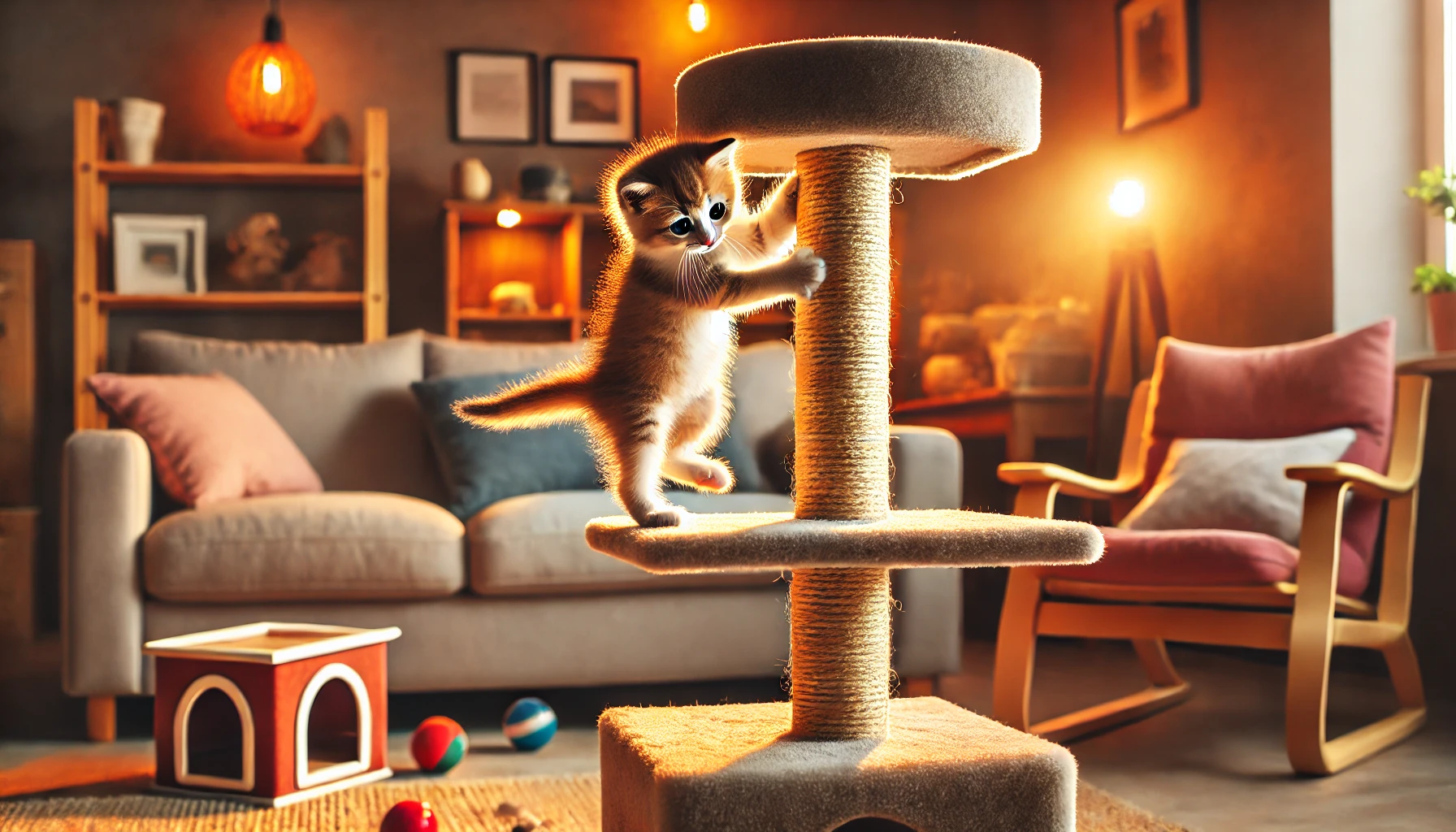
Motor Skills Development
Another important aspect of kitten growth spurts is the development of motor skills.
As their muscles and coordination improve, kittens become more surefooted and agile.
Activities like jumping, climbing, and balancing will gradually improve as their body gets stronger.
You can help them develop their motor skills by providing safe areas for climbing and interactive play.
These activities should be supervised, as during a growth spurt, a kitten’s confidence may sometimes outpace their abilities.
Providing a variety of challenging toys and play structures will help hone their skills while keeping them mentally stimulated.
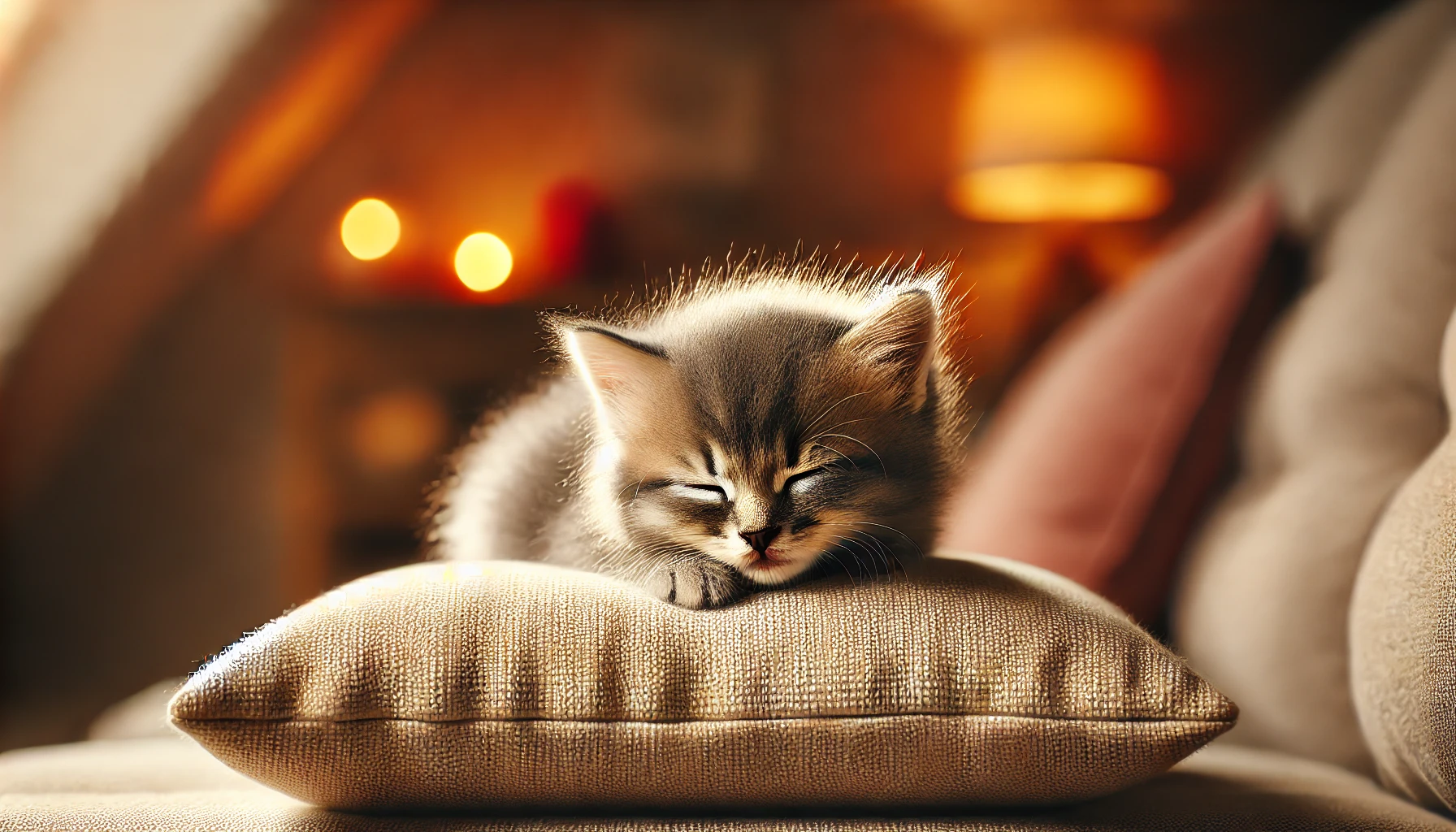
Common Challenges During Growth Spurts
While kitten growth spurts are normal, they can also present a number of challenges for both you and your kitten.
These challenges often include physical discomfort, changes in appetite, and behavioral shifts—all of which can be overwhelming for a growing kitten.
Being aware of these potential hurdles will help you better manage your kitten’s needs during this critical period of growth.
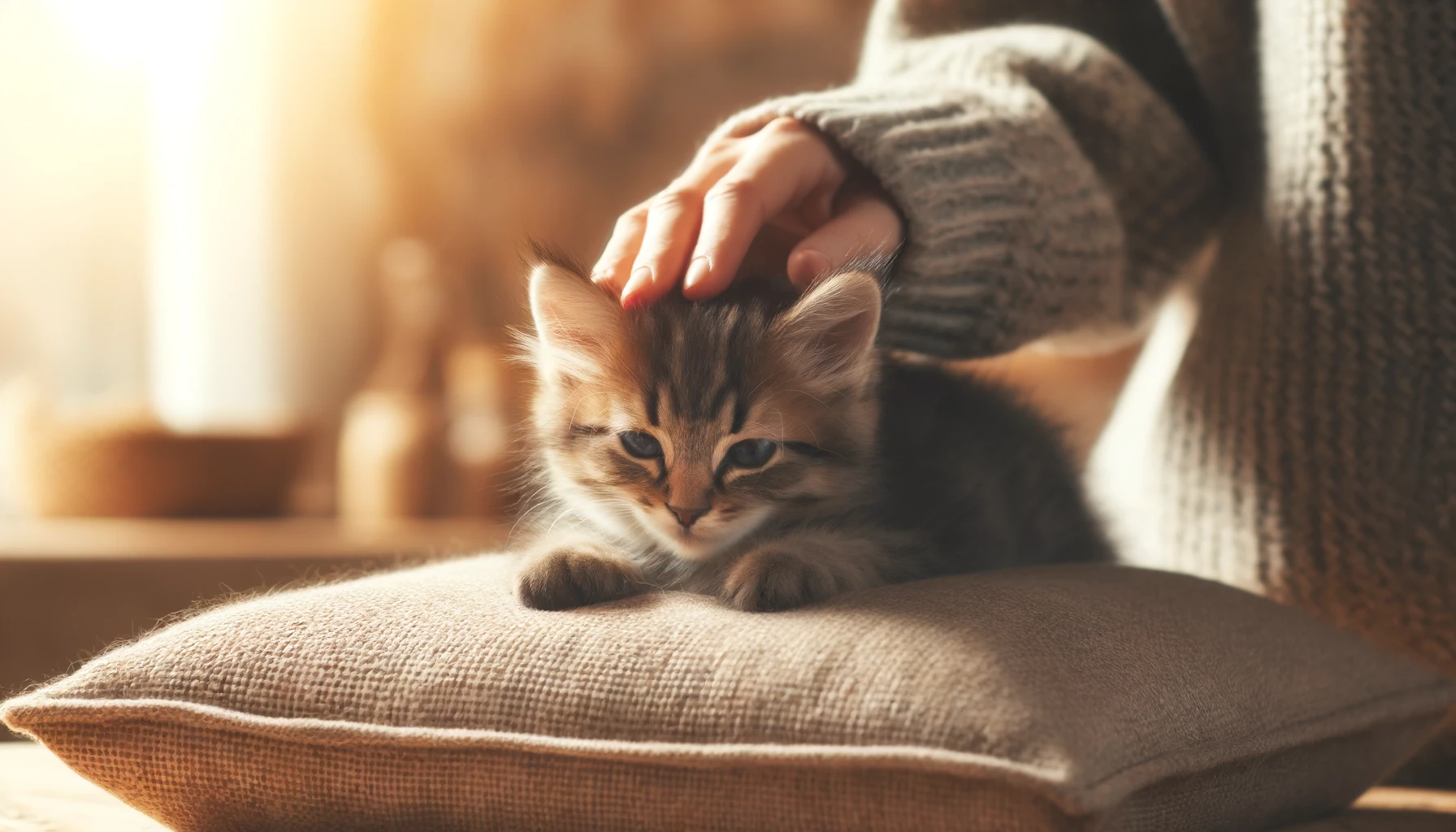
Managing Kitten Growing Pains
Just like in human children, kittens can experience growing pains during growth spurts.
Rapid growth may cause restlessness or discomfort in their legs and joints.
You may notice your kitten being less active or even reluctant to play.
Although these aches and pains are usually temporary, it’s still important to ensure your kitten is comfortable.
Soft bedding and gentle massages can help ease their discomfort.
If your kitten appears to be in significant pain or discomfort that persists for an extended period, it’s best to consult a veterinarian.
While it’s uncommon, some kittens may experience growth-related orthopedic issues that require professional attention.
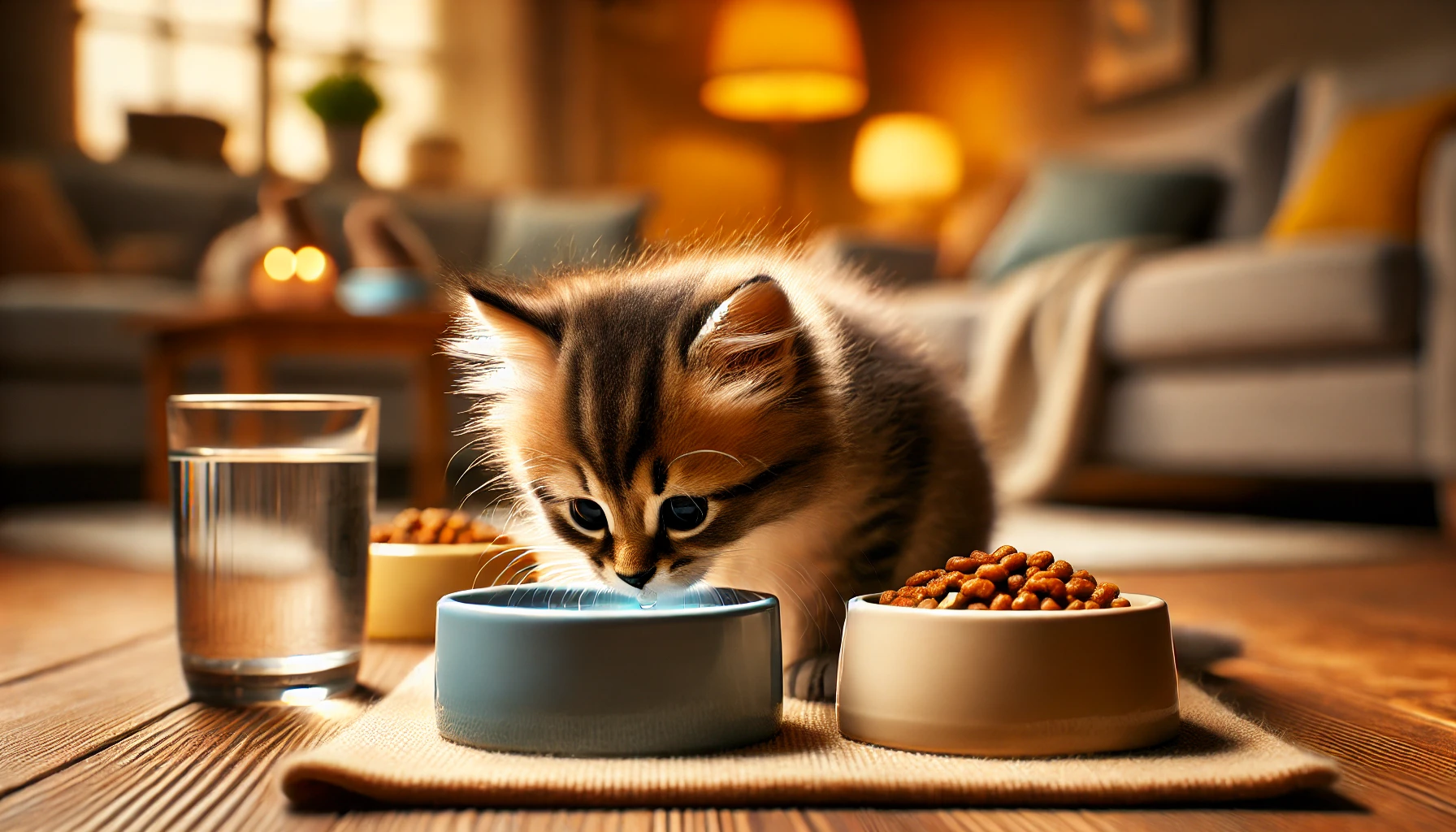
Providing Proper Nutrition and Hydration
During kitten growth spurts, your kitten’s nutritional needs increase significantly.
While your kitten may eat much more than usual, it’s crucial to ensure they are getting the right nutrients for healthy growth.
A diet rich in protein, healthy fats, and essential vitamins and minerals is key.
Premium kitten food formulated for growth is an excellent option during this stage.
Additionally, keeping your kitten well-hydrated is vital.
Always have water available for your kitten, especially if they are on a dry food diet.
Proper hydration supports digestion and overall health as your kitten grows.
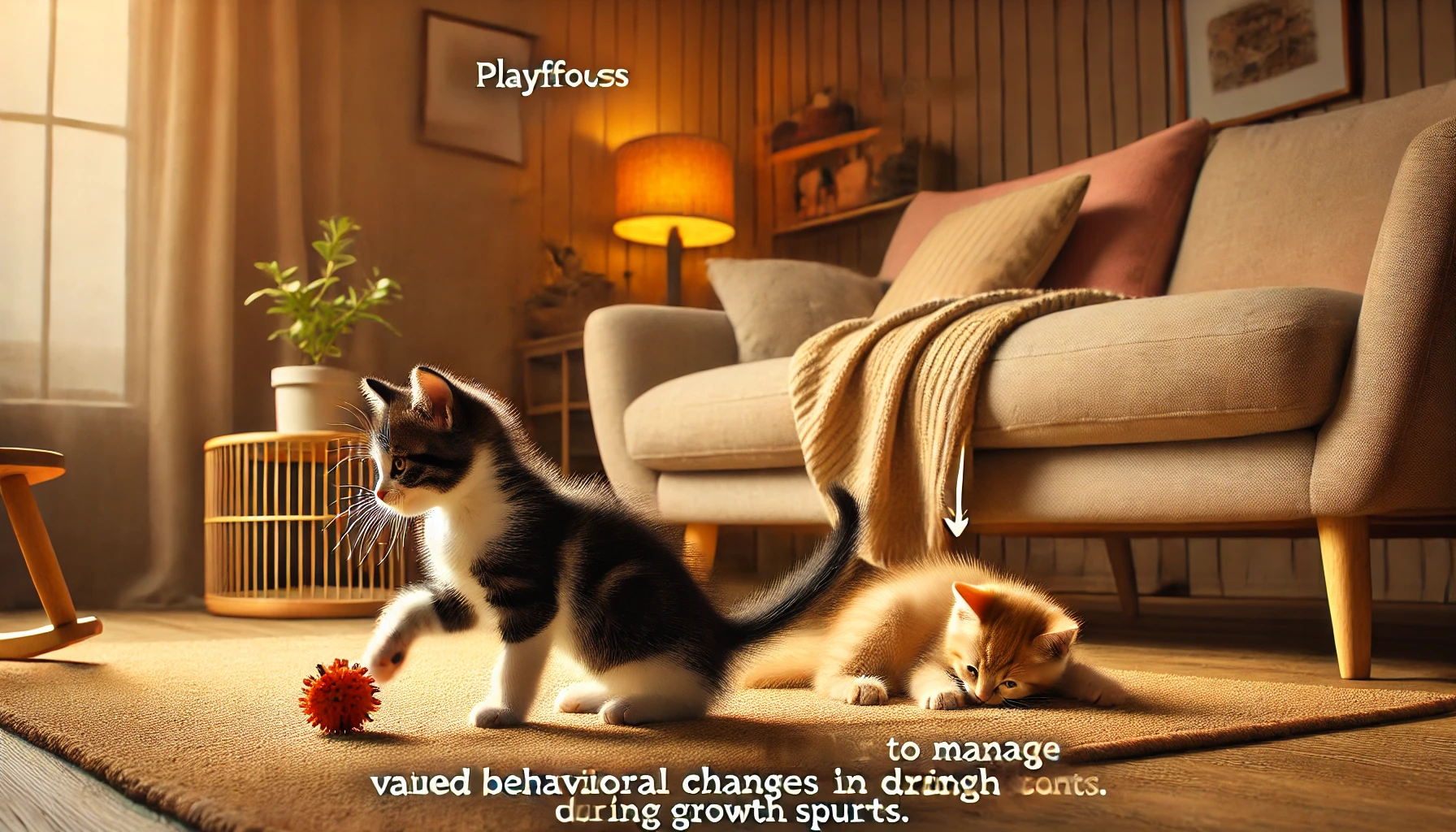
Managing Behavioral Changes
The behavioral changes that accompany kitten growth spurts can be challenging.
Increased energy, altered sleep patterns, and more demanding behavior may leave you wondering how to address your kitten’s new needs.
Patience and consistency are key.
Ensure your kitten has plenty of opportunities to play and burn off energy while also providing ample rest during these periods of rapid growth.
At times, your kitten may seem more independent or, alternatively, more clingy.
These behavioral changes are temporary and part of their emotional and social development.
Providing consistent care and attention will help your kitten navigate these shifts smoothly.
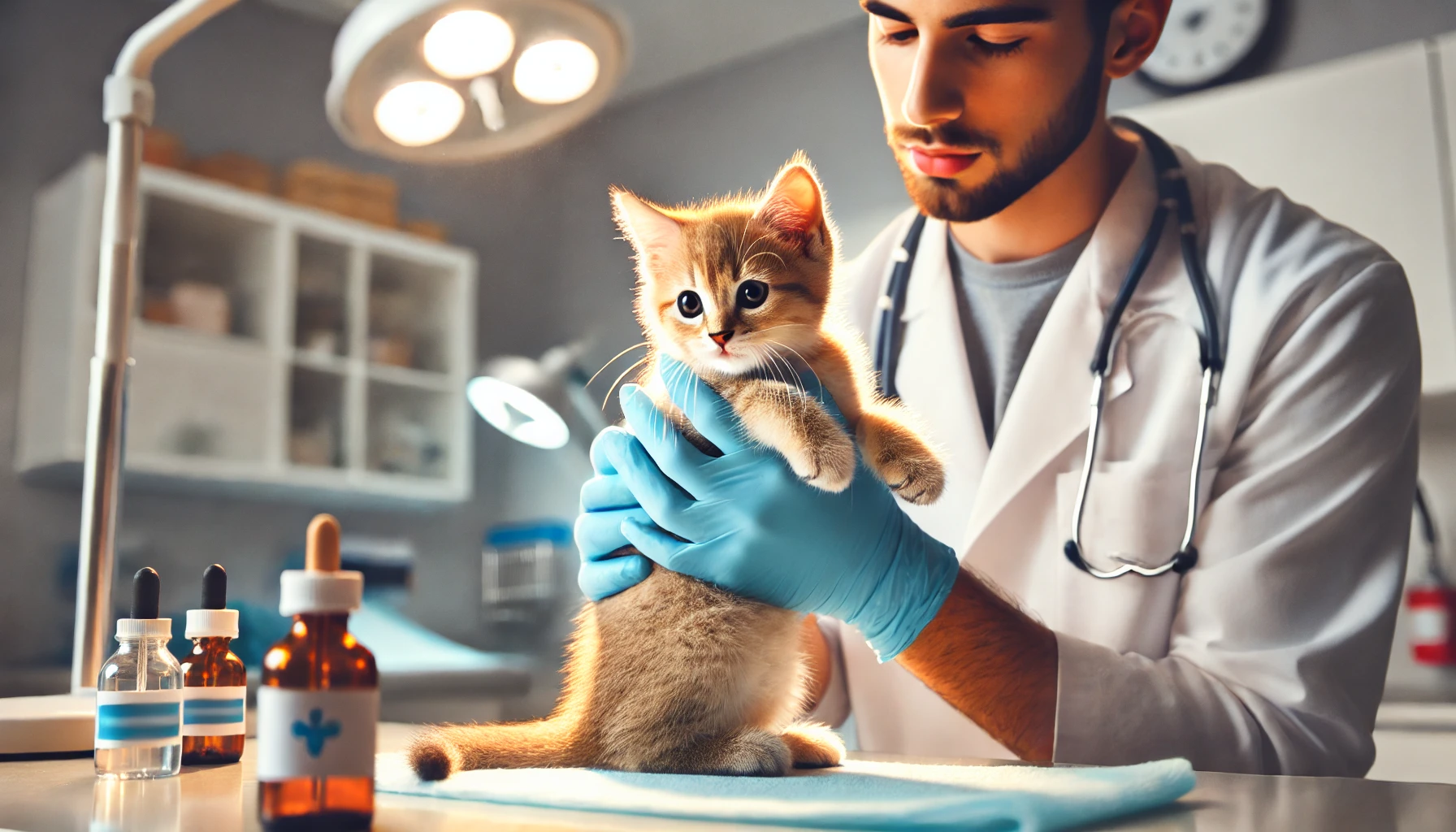
Vet Visits During Key Growth Stages
Regular veterinary checkups are important during kitten growth spurts to ensure your kitten is growing healthily and to address any concerns.
A veterinarian can monitor your kitten’s weight, growth rate, and overall health while providing advice on diet and any behavioral changes you observe.
These visits are also an excellent time to discuss vaccinations, parasite control, and other health considerations that are crucial during early development.
Staying on top of your kitten’s health with frequent vet visits will give you peace of mind and help catch any potential issues early on.
Kittens may face challenges like growing pains and behavioral changes during growth spurts, requiring careful attention.

Conclusion: Understanding Kitten Growth Spurts and Supporting Them
As we have seen throughout this article, kitten growth spurts are a normal and very important phase in your kitten’s development.
In a couple of rapid growth phases, the physical changes can be significant, along with shifts in behavior and nutritional needs.
Understanding these spurts will help you provide the necessary care for your kitten, ensuring they grow into a healthy and happy adult cat.
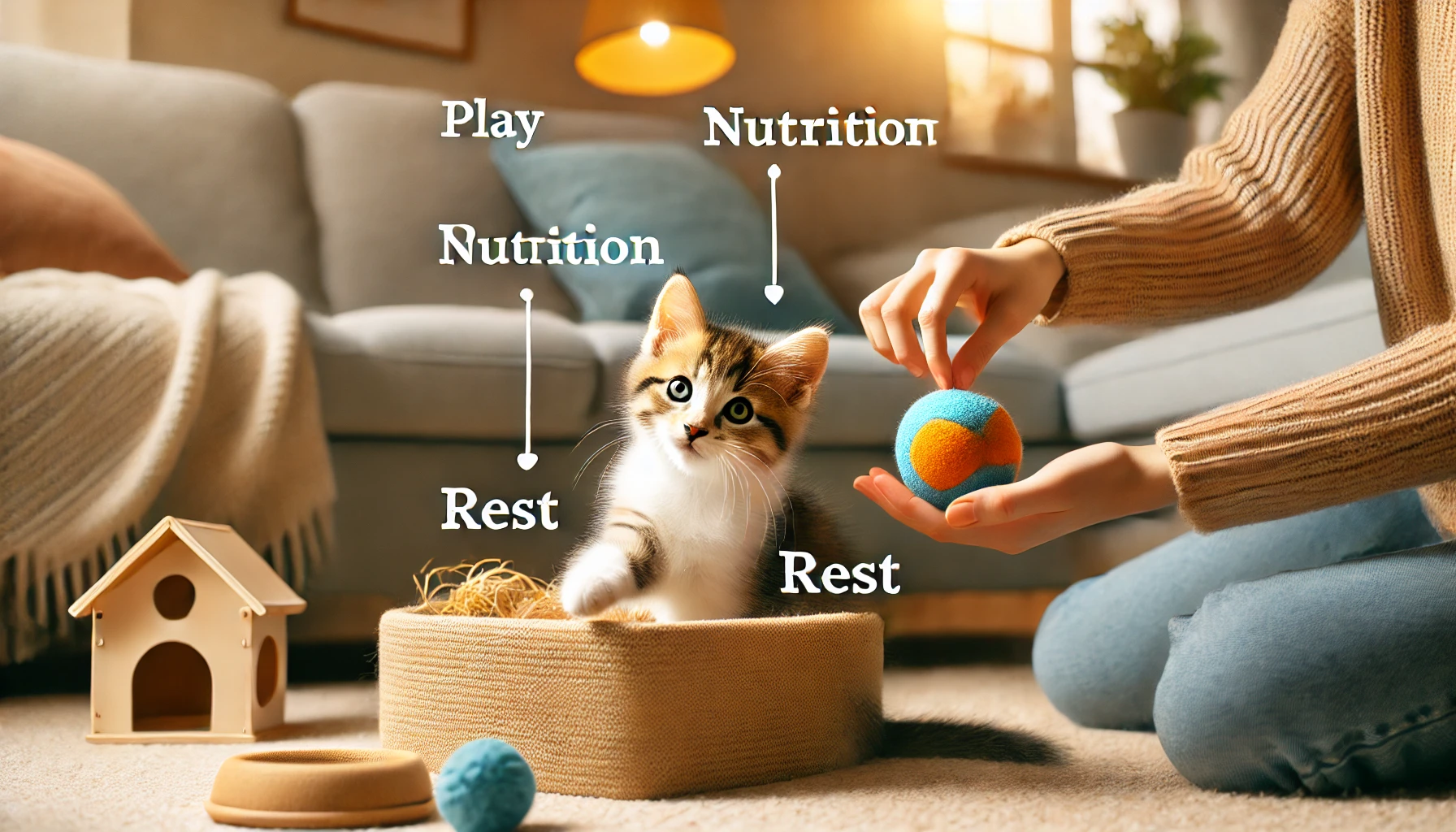
Key Points in Caring for Kitten Growth Spurts
During periods of kitten growth spurts, it is essential to closely monitor your kitten’s general health and address any issues that may arise.
Here are the key points to remember:
- Physical changes: As your kitten’s muscles, bones, and coat develop, their body will start filling out and taking shape. Proper nutrition during this phase is crucial to support this growth.
- Behavioral changes: Expect energy spurts, changes in sleep habits, and mood swings. Patience and consistent care will help your kitten adjust to these changes.
- Nutritional needs: High protein, fat, and essential nutrients are vital, along with proper hydration, especially if your kitten is on a dry food diet.
- Growth-related problems: Growing pains, increased appetite, and behavioral changes can be managed with proper knowledge and care.
- Veterinary visits: Regular checkups during key growth stages will ensure your kitten is on track with their development and help catch any potential health issues early.
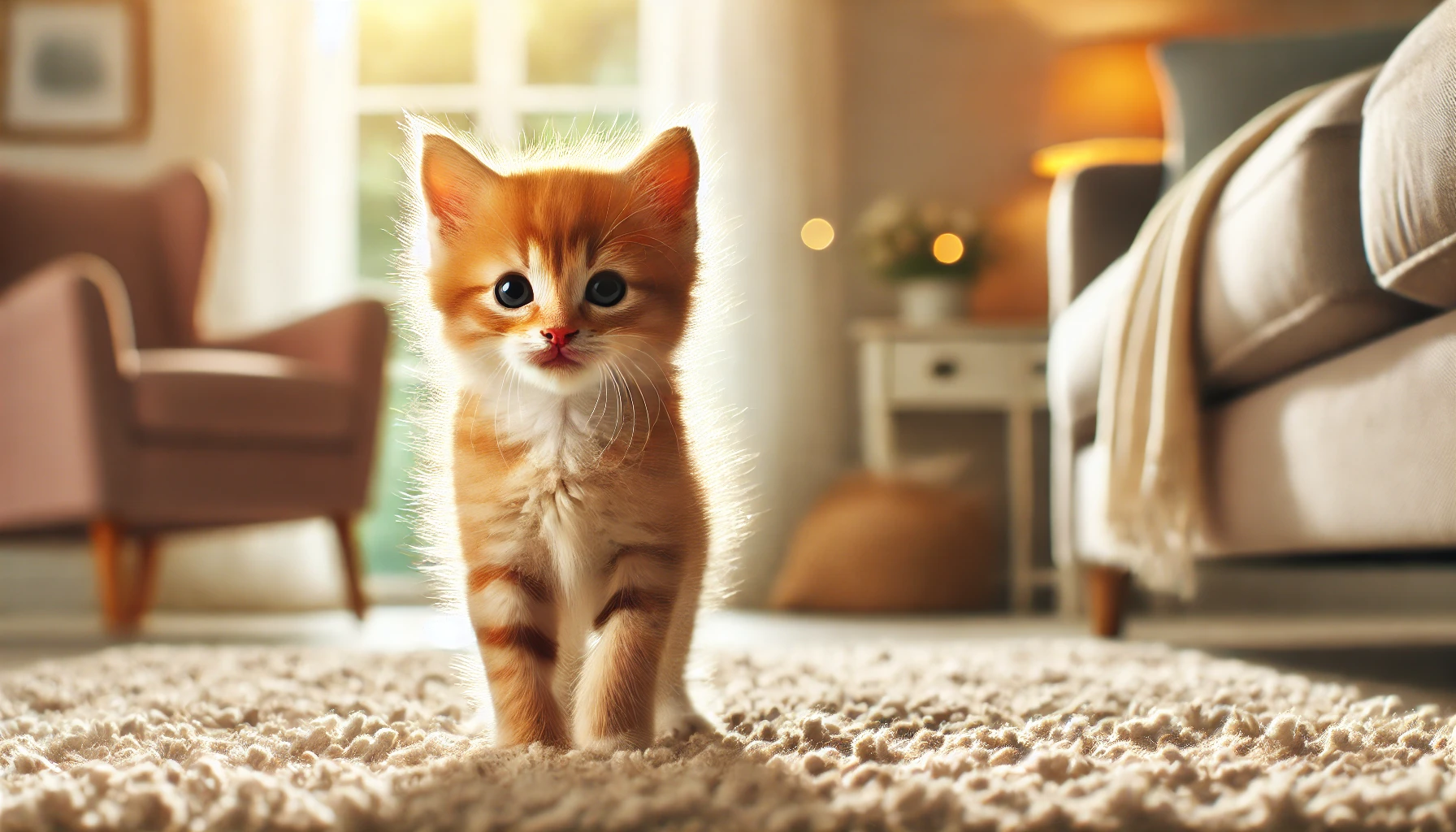
Preparing for the Next Stage
Kitten growth spurts are only the beginning of your kitten’s lifelong development.
These early months are crucial not only for physical growth but also for building a strong bond with your kitten.
Providing care, love, and attention during this period sets the foundation for a healthy and well-adjusted adult cat.
Remember, every kitten grows at their own pace, and no two growth phases are identical.
Be patient and attentive to your kitten’s needs, and seek advice from a veterinarian if necessary.
Your kitten relies on you to guide them through these early, sensitive months and thrive with the right support.
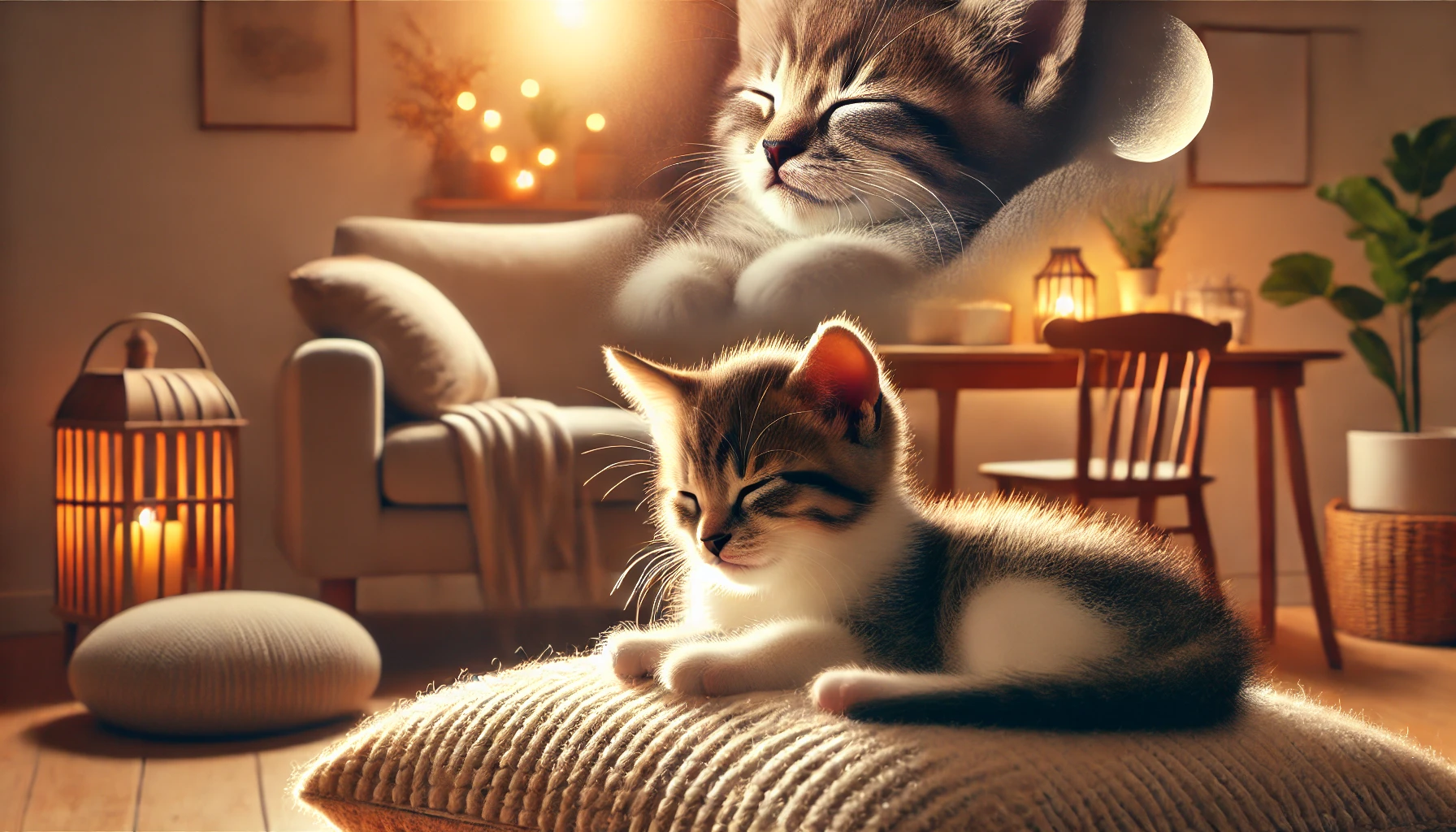
Closing Thoughts on Kitten Growth Spurts
Supporting your kitten through all of their growth spurts is a rewarding experience, despite the challenges that may arise.
Staying informed, providing proper nutrition, and being sensitive to behavioral changes will help ensure that your kitten grows not only physically strong but also emotionally and socially well-rounded.
Ultimately, the care and attention you provide during these kitten growth spurts will lay the groundwork for your kitten’s future health and happiness.
Cherish this exciting time and enjoy watching your kitten grow into a thriving adult.
Supporting your kitten during growth spurts ensures they grow into a healthy adult cat.

Commonly Asked Questions About Kitten Growth Spurts
Growth spurts in kittens bring up many questions for new pet owners.
Below are some of the most common questions people ask when it comes to kitten growth spurts and how to care for your kitten through these important developmental stages.
At What Age Do Kitten Growth Spurts Start?
Kitten growth spurts usually begin around two weeks old and can continue until six months.
Growth is fastest during the first few weeks, with noticeable spurts occurring every two weeks.
How can I tell if my kitten is going through a growth spurt?
Signs of a kitten growth spurt include increased appetite, sudden weight gain, erratic sleep patterns, and energy bursts.
You may also observe physical changes, such as a thicker coat and improved muscle tone.
How much should I feed my kitten during a growth spurt?
During a kitten growth spurt, feed your kitten more frequently.
Divide their daily intake into 4-5 smaller meals, ensuring they receive a diet rich in protein, fats, and essential nutrients necessary for healthy development.
Are behavioral changes normal during growth spurts?
Yes, kittens often experience behavioral changes during growth spurts.
Your kitten may become more energetic, moody, or clingy.
These changes are temporary and part of their emotional and social development.
How can I help my kitten with growing pains?
If your kitten appears uncomfortable, provide extra comfort with soft bedding and gentle massages.
If the pain persists or seems substantial, consult a veterinarian to rule out any underlying health issues.
Do I need to visit the vet during growth spurts?
Regular veterinary checkups during kitten growth spurts are essential for monitoring your kitten’s health and development.
Your vet can advise on diet, vaccinations, and any behavioral or growth concerns you may have.
How long do kitten growth spurts last?
Growth spurts in kittens typically last until about six months of age, though some growth may continue until they are one year old.
After six months, the rate of growth tends to slow down.


